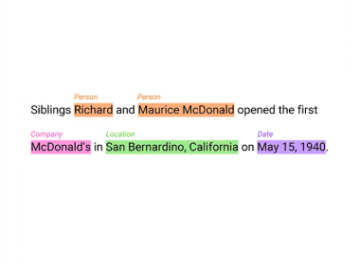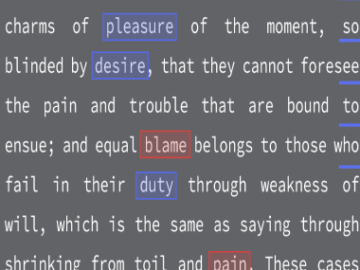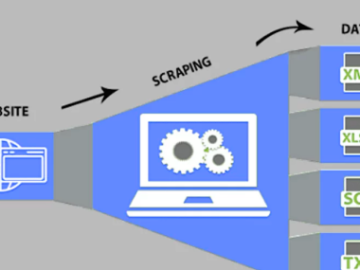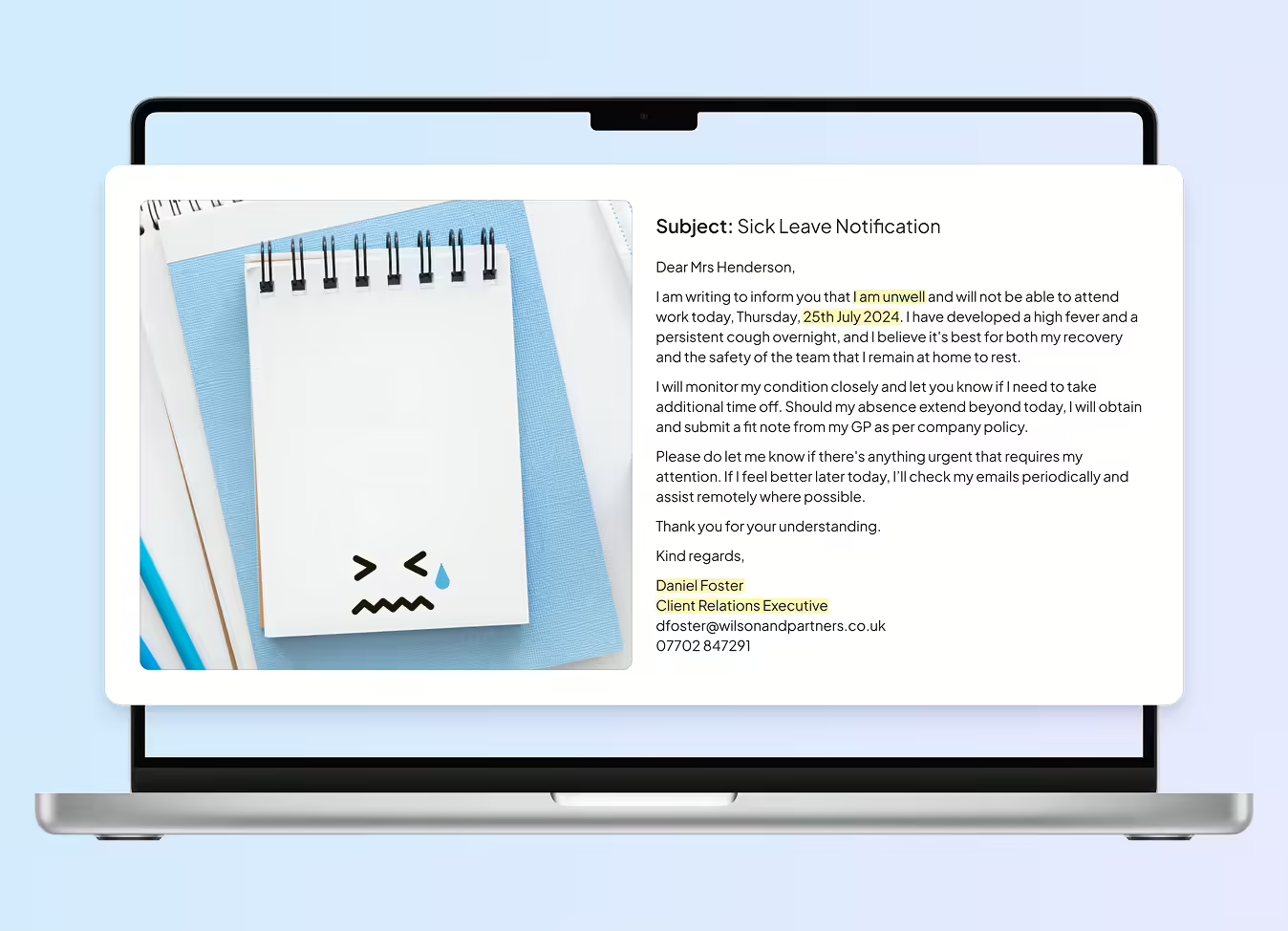Text Annotation

Unidata provides services for text data collection, annotation, and preparation, supporting AI-driven speech models and digitization. Our precise annotations improve AI performance in natural language processing, speech recognition, and document digitization

24/7*
- 6+
- years experience with various projects
- 79%
- Extra growth for your company.
Text Annotation
in machine learning
Text annotation for machine learning (ML) refers to the process of labeling and tagging text data to create structured datasets that can be used to train ML models. This process involves identifying specific elements within a text, such as keywords, phrases, entities, sentiments, or other relevant features, which are crucial for the model to learn from.
Text annotation plays a vital role in various applications, including natural language processing (NLP), sentiment analysis, and information extraction. By providing clear and consistent annotations, organizations can enhance the accuracy and effectiveness of their ML algorithms, ultimately leading to better performance in tasks like language translation, chatbots, and automated content analysis.
How we deliver text annotation services
The best software for text annotation tasks
Types of text annotation services

Entity Recognition
This involves identifying and labeling entities within a text, such as names of people, organizations, locations, dates, and other specific terms. Entities are usually categorized into predefined classes.
Text Classification
Assigning predefined categories or labels to a text document or segment. This could involve classifying a text as positive, negative, or neutral (sentiment analysis) or assigning topics to articles.
Sentiment Analysis
Annotating text to indicate the sentiment expressed by the author, typically categorized as positive, negative, or neutral. This can be more granular, indicating emotions like happiness, anger, or sadness.
Part-of-Speech Tagging
Labeling each word in a text with its grammatical part of speech, such as noun, verb, adjective, etc. This helps in understanding the structure and meaning of the text.
Relation Extraction
Identifying and labeling relationships between entities within a text. For example, in a sentence like "John works at Microsoft," the relationship between "John" and "Microsoft" would be labeled as "employment."
Text Summarization
Annotating or automatically generating summaries of longer texts to capture the most important information. This can involve extracting key sentences or generating new content.
Coreference Resolution
Identifying when different words or phrases refer to the same entity in a text. For instance, recognizing that "John" and "he" in a sentence refer to the same person.
Intent Annotation
Labeling text to identify the underlying intent of a statement or query. This is often used in conversational AI to understand what the user wants to achieve.
Linguistic Annotation
Involves annotating text for various linguistic features such as syntax (sentence structure), semantics (meaning), pragmatics (contextual meaning), and discourse (flow of text).
Semantic Role Labeling (SRL)
Annotating the roles that different words or phrases play in a sentence, such as identifying the "who," "what," "when," and "where" in a sentence.
Aspect-Based Sentiment Analysis
A more detailed form of sentiment analysis where sentiments are associated with specific aspects or features of a product or service mentioned in the text.
Tokenization
Description: Breaking down text into smaller units, such as words, phrases, or symbols. Each unit is then labeled or analyzed separately. Use Cases: Preparing text for further NLP tasks like machine learning, search engine indexing, and language modeling.
Topic Modeling
Annotating or automatically identifying the main topics discussed within a text. This involves clustering words into groups that represent different themes or subjects.Text Annotation Use Cases
-
 01
01Legal
Law firms and legal departments use this service to structure and analyze contracts, case files, and regulatory documents. AI can identify key clauses, obligations, and potential risks, making document review more efficient. It also helps in legal research by extracting relevant case precedents from vast databases. -
 02
02Customer Service
Chatbots and virtual assistants rely on annotated customer interactions to refine responses and improve user experience. Identifying sentiment and intent in customer messages allows AI to provide more relevant support. It also helps businesses analyze feedback by categorizing reviews and complaints. -
 03
03Finance
In finance, it is essential to label financial reports, market news, and investment documents. Annotating key financial data, such as revenue, trends, or sentiment, allows AI to track market conditions, identify investment opportunities, and improve financial decision-making. -
 04
04Healthcare
Text annotation enables AI to process and understand medical documents, such as patient records, prescriptions, and clinical notes. Marking symptoms, diagnoses, and treatments in medical texts helps AI assist in disease prediction and patient care. It also supports drug development by analyzing research papers and clinical trial reports for relevant insights. -
 05
05Marketing & Advertising
In marketing, this technique helps AI understand ad copy, social media posts, and consumer feedback. By annotating text for brand mentions, sentiments, and consumer engagement, AI can improve targeted advertising, track campaign performance, and create more personalized marketing content. -
 06
06Retail & E-commerce
Text annotation in retail helps AI analyze customer reviews, product descriptions, and queries. By labeling feedback for sentiment or specific issues, AI can improve search engine algorithms, refine product recommendations, and assess customer satisfaction, helping retailers optimize marketing efforts and product offerings. -
 07
07Education
In the education sector, labeling educational materials such as textbooks, lectures, and student submissions helps AI understand key concepts and topics. By tagging important ideas, terms, or learning objectives, AI can offer personalized learning pathways, assist with grading, and help educators adjust curricula based on student progress. -
 08
08Human Resources
Text tagging evaluates resumes, job descriptions, and employee reviews. By marking key qualifications, skills, and career milestones, AI can streamline the hiring process, identify top candidates, and track employee performance, all while improving overall HR management efficiency.
How It Works: Our Process
A Clear, Controlled Workflow From Brief to Delivery
Text Annotation Cases
Why Companies Trust Unidata’s Services for ML/AI
Share your project requirements, we handle the rest. Every service is tailored, executed, and compliance-ready, so you can focus on strategy and growth, not operations.
What our clients are saying

UniData


Other Services
Ready to get started?
Tell us what you need — we’ll reply within 24h with a free estimate

- Andrew
- Head of Client Success
— I'll guide you through every step, from your first
message to full project delivery
Thank you for your
message
We use cookies to enhance your experience, personalize content, ads, and analyze traffic. By clicking 'Accept All', you agree to our Cookie Policy.

























